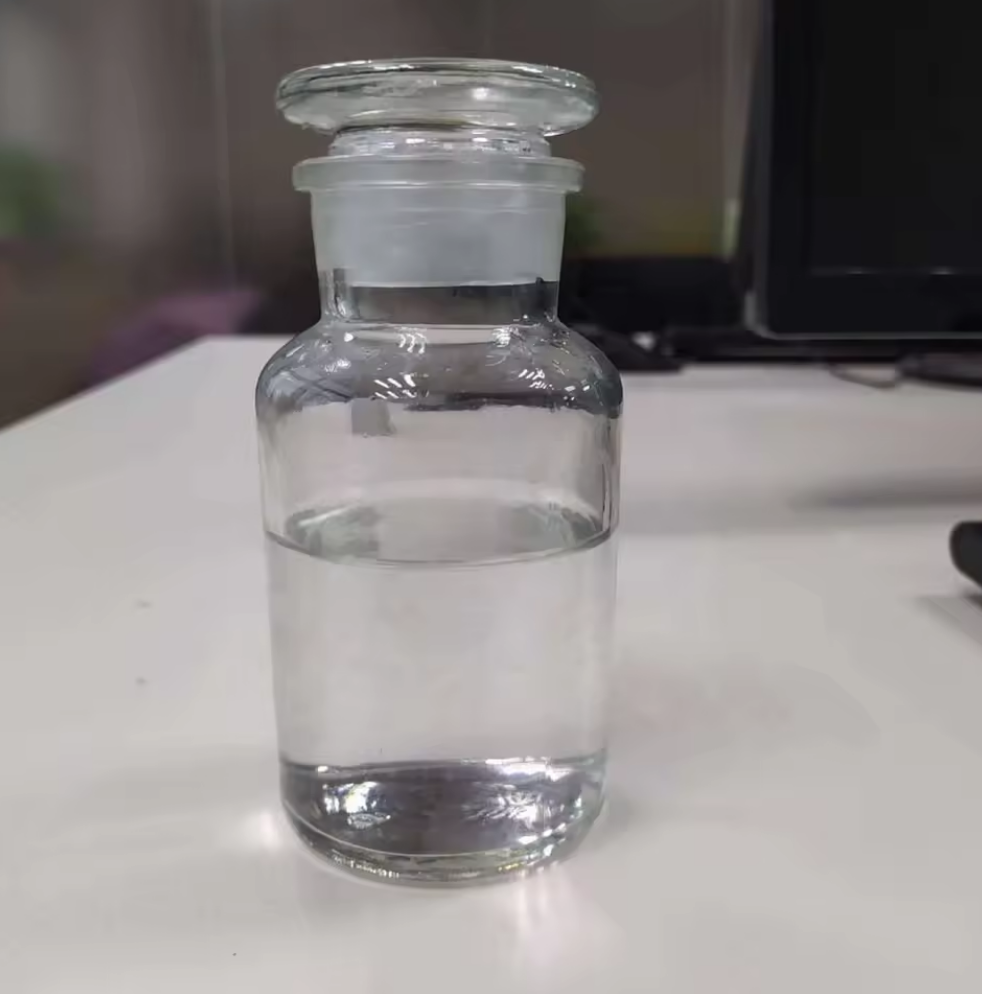Aniline
-
Category:
Amine Derivatives
Your Questions and Comments
Your sales and customer service desk partners within China Amines Co will continue to serve you. You can also contact us via our headquarter office-
Email:info@chinaamines.com
China Amines Co
Product Profile
1. Chemical Structure and Properties
Molecular Formula: C₆H₇N
Structural Formula: C₆H₅–NH₂ (A benzene ring directly attached to an amino group).
Appearance: Colorless to slightly yellow oily liquid, darkens on exposure to air and light.
Boiling Point: 184 °C
Density: 1.02 g/cm³ at 20 °C
Solubility: Moderately soluble in water (3.6 g/100 mL at 20 °C); soluble in ethanol, ether, and most organic solvents.
Odor: Characteristic aromatic, amine-like smell.
Chemical Behavior:
Weak base compared to aliphatic amines due to electron-withdrawing benzene ring.
Undergoes electrophilic substitution (nitration, sulfonation, halogenation).
Easily oxidized in air, leading to dark-colored products.
2. Industrial Applications
Dye Industry: Primary raw material for azo dyes, indigo dyes, and aniline black.
Polyurethane Production: Intermediate for methylene diphenyl diisocyanate (MDI), essential in polyurethane foams.
Pharmaceuticals: Precursor for paracetamol (acetaminophen), sulfa drugs, and local anesthetics.
Rubber Industry: Used to manufacture antioxidants and vulcanization accelerators.
Agriculture: Intermediate in herbicides and pesticides (e.g., 2,4-D).
3. Safety and Toxicology
Health Hazards:
Toxic by inhalation, ingestion, or skin absorption.
Can cause methemoglobinemia (reduces oxygen-carrying capacity of blood).
Symptoms: cyanosis, headache, dizziness, respiratory distress.
Exposure Limits:
OSHA PEL: 5 ppm (skin)
ACGIH TLV: 2 ppm (TWA)
Flammability:
Combustible liquid, flash point 70 °C.
Emits toxic fumes of nitrogen oxides upon combustion.
Protective Measures:
Use of chemical-resistant gloves, goggles, respirators, and adequate ventilation.
Emergency showers and eyewash stations recommended in workplace.
4. Environmental and Regulatory Considerations
Ecotoxicology:
Toxic to aquatic organisms (LC50 for fish: 100 mg/L).
Risk of bioaccumulation in soil and water.
Biodegradability: Moderate; may persist in the environment under anaerobic conditions.
Regulatory Compliance:
EU REACH: Classified as toxic (Carc. 2, Acute Tox. 3, Skin Sens. 1).
US EPA: Hazardous substance under TSCA and TRI reporting list.
China: Listed as a hazardous chemical under GB 13690-2009.
Transport:
UN Number: UN 1547
Hazard Class: 6.1 (Toxic substances)
Packing Group: II
5. Case Studies and Application Insights
Polyurethane Industry: Over 70% of global aniline demand is for MDI production, crucial in insulation foams and coatings.
Pharmaceuticals: Acetanilide and paracetamol synthesis highlight its importance in drug manufacturing.
Dyes: Historically central to synthetic dye industry; today still important for specialty dyes and pigments.


